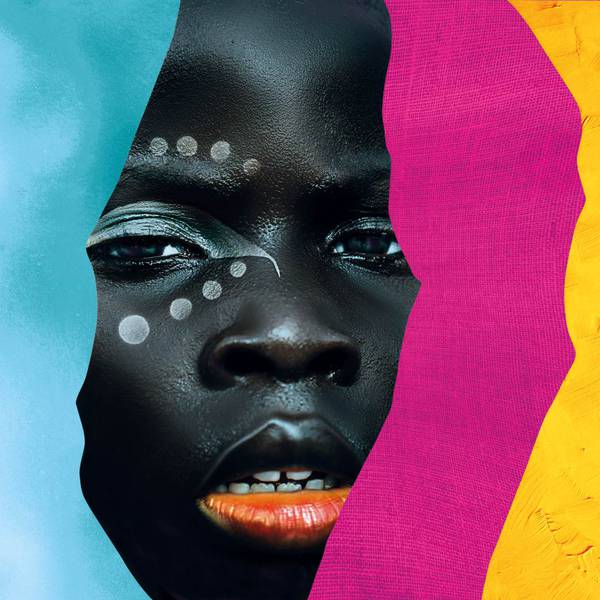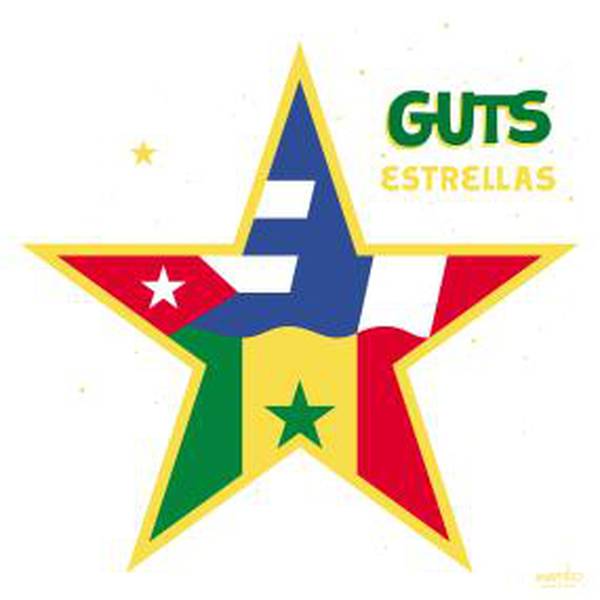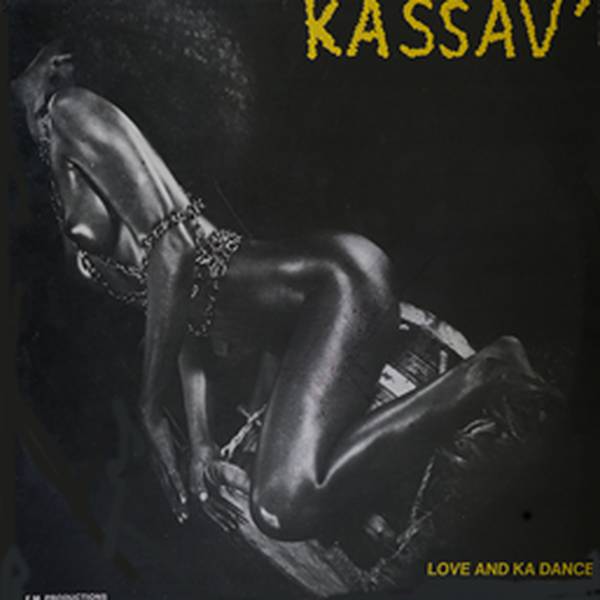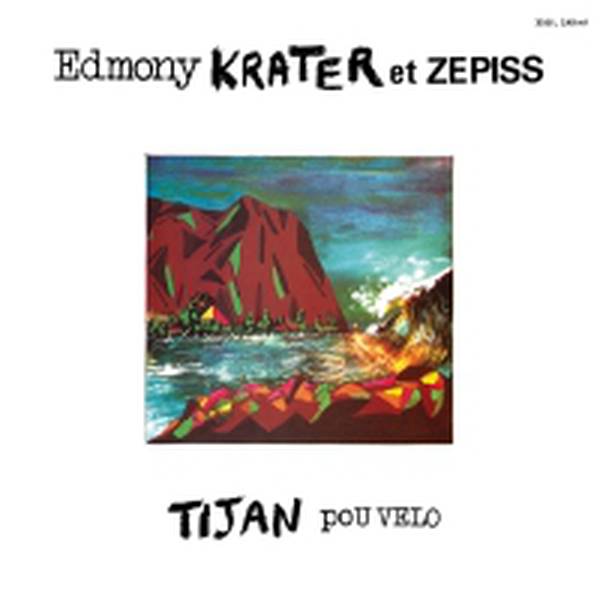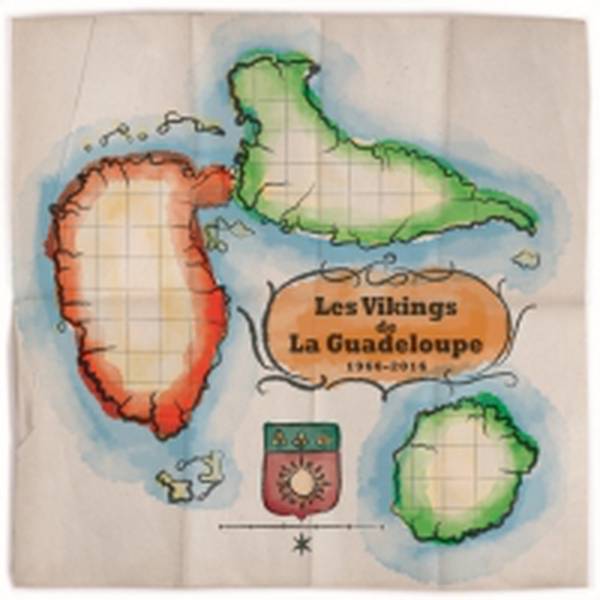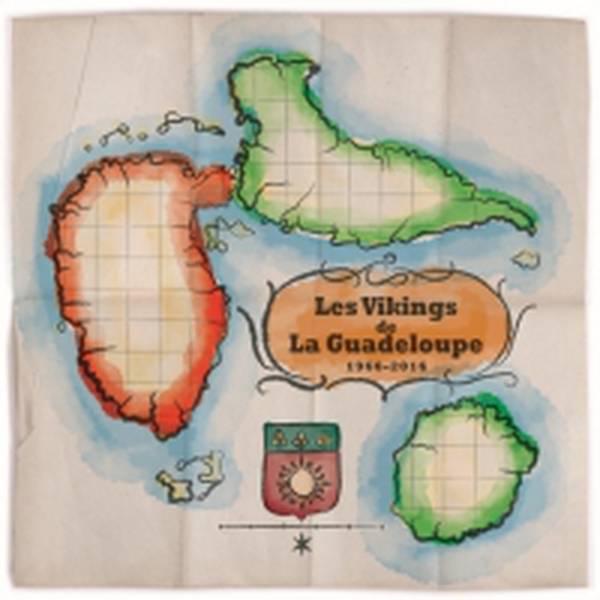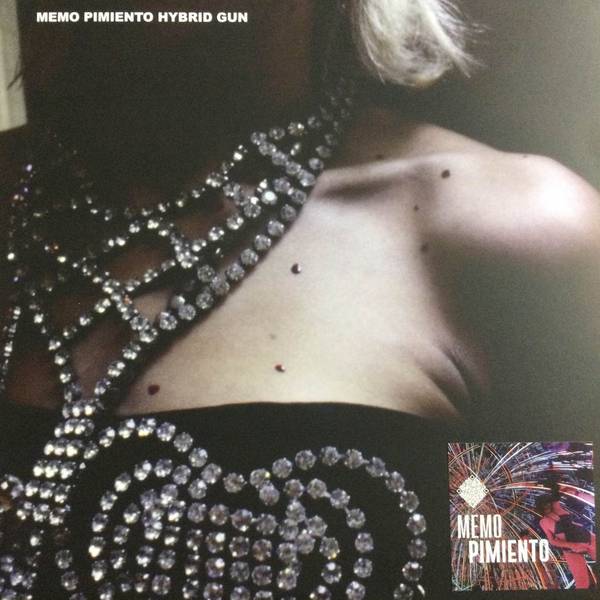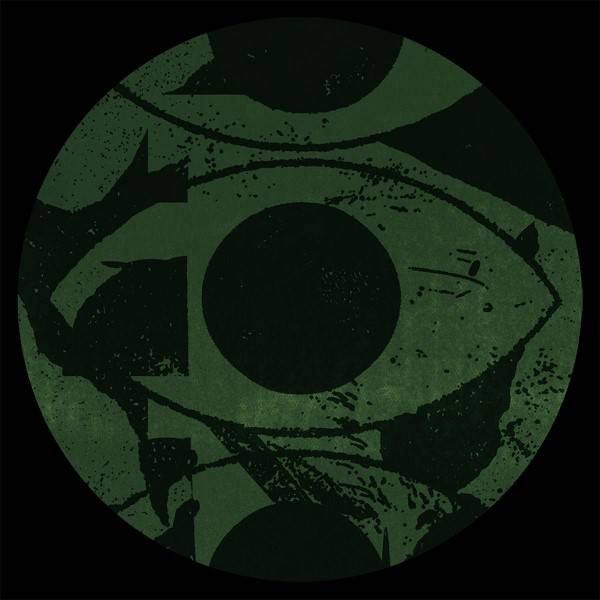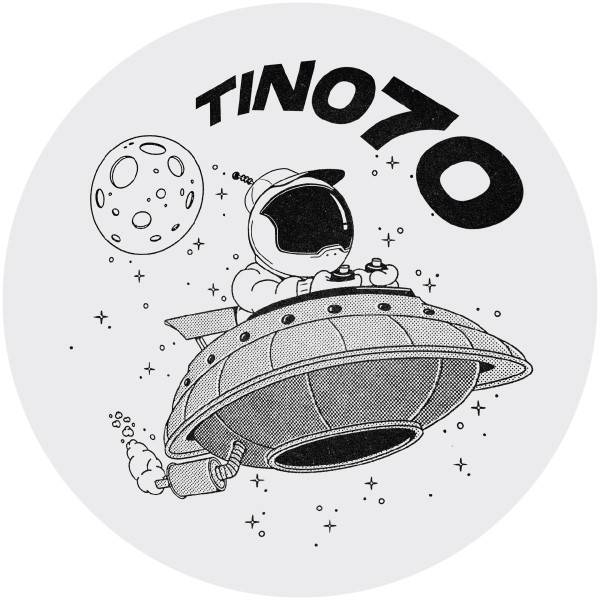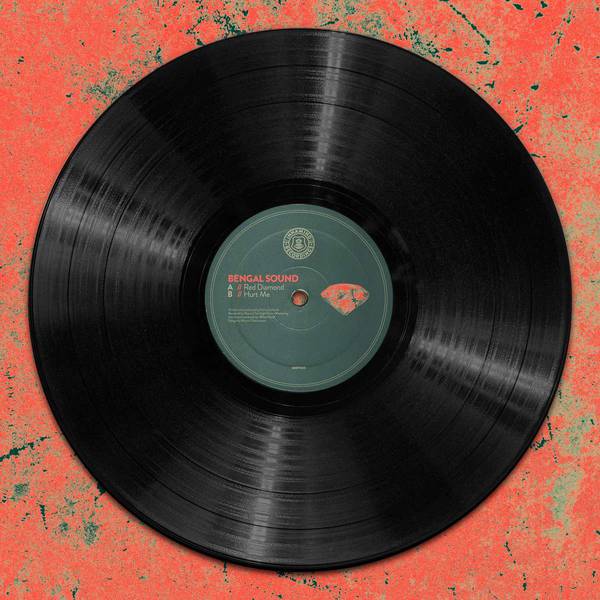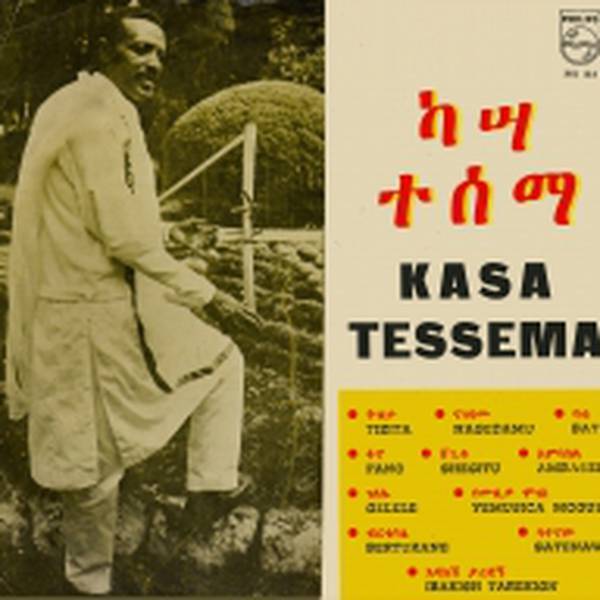
Tax included, Shipping not included
1. Tizita
2. Na gedamo
3. Bati
4. Fano
5. Shegitu
6. Ambasel
7. Gelele
8. Yemusica mogus
9. Bertukane
10. Satenaw
11. Ibakish tarekign
12. Antchi hoy lene
13. Shegitu
14. Megen yarada ledj
15. Bati bati
16. Wubiye
17. Ere goraw
18. Gum gum
Kassa belongs to the long tradition of melancholy raconteurs with a decided gift of gab. And the unique embrace of his deep voice heightens the emotion generated by the hum of his lyrics.
For Ethiopians he is, along with the other great traditional voices of the post-war period such as Assèfa Abatè, Fréw Haylou, Asnaqètch Wèrqu or Kètèma Mèkonnen, a perfect example of the culture of the word: poetry and freedom of expression, wit and impressive verve that hits the mark, quiet vehemence and merciless loquacity, lovelorn despair and self-deprecation.
It must be underscored – to invoke some notion of a virtual scale of values – without exaggerating that there is a certain similarity between Ethiopians’ perception of Kassa Tèssèma’s “music” and the rapture Emahoy Tsegué-Maryam Guèbrou’s piano playing (éthiopiques 21) inspires in non-Ethiopian audiences. Each in his own way, both these artists are able to captivate their listeners. Music that demands to be listened to
